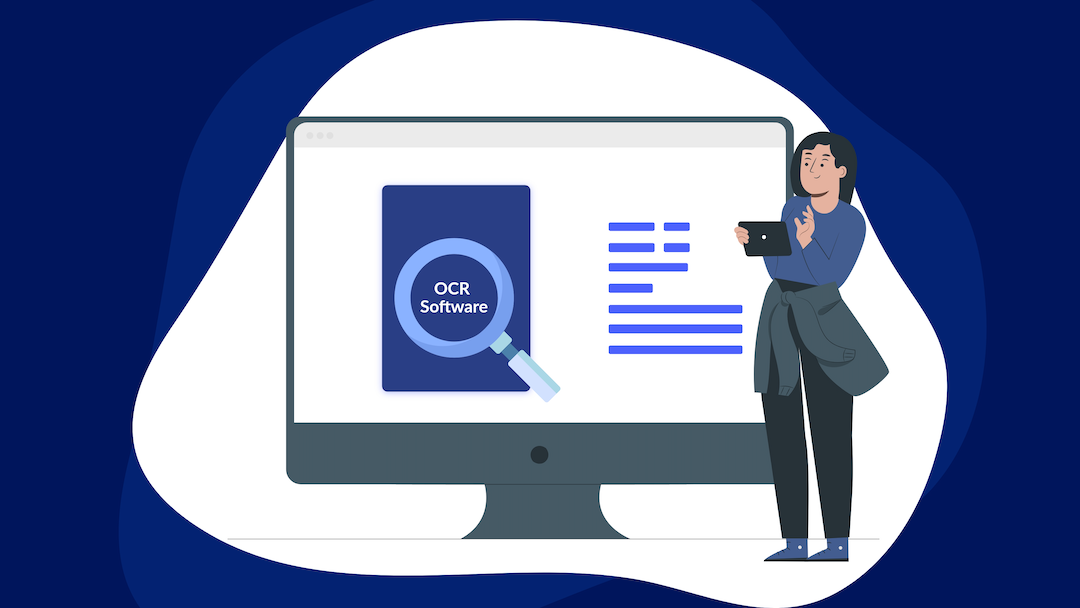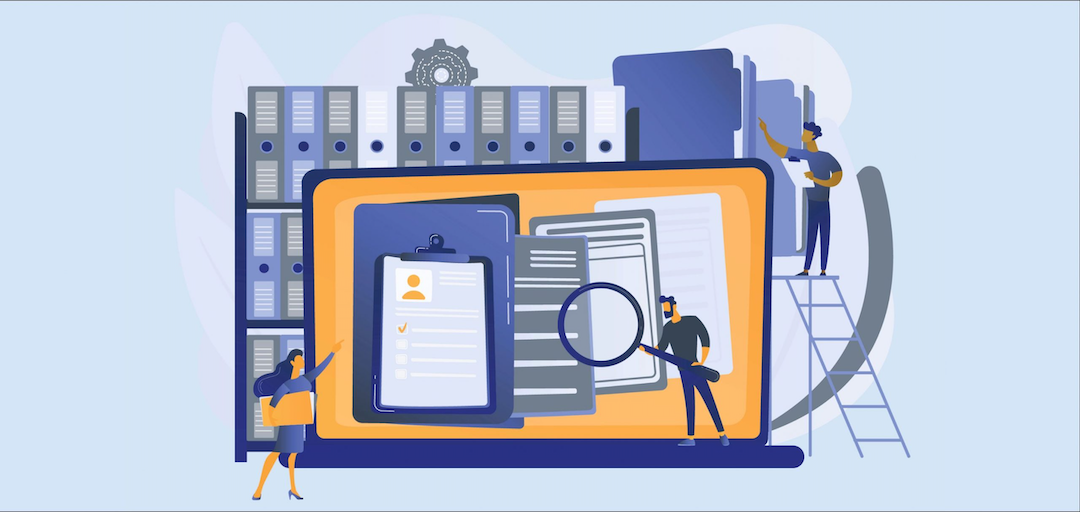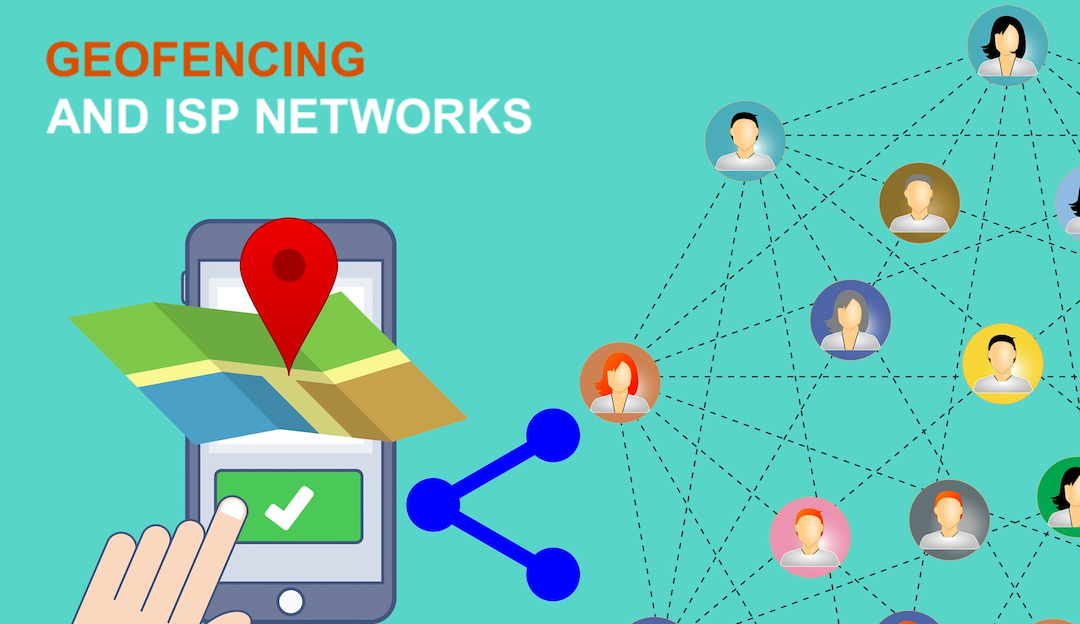
With the world moving towards digitization, customers expect seamless and user-friendly processes. However, the rising concerns related to security make it challenging for firms to offer their clients the service they demand. They sometimes have to give their potential clients certain incentives to maintain the business’s positive image.
As far as users are concerned, manually entering all the data into the system is a time-consuming and burdensome task. Although many firms use auto-fill, several businesses still choose not to due to greater security issues. Thus, businesses are performing OCR scanning to address all such concerns.
Understanding OCR Scanning
Optical Character Recognition (OCR) is the technology that businesses use to convert typed or written content into machine-readable format. The main objective of OCR scanners is to retrieve the data from hard copies and convert it into accessible and editable text. OCR-retrieved text is now accessible digitally and is benefitting companies across the entire globe.
1. How Does an OCR Text Scanner Work?
- OCR scanner first analyzes the whole given document.
- The scanner distinguishes between white spaces having no content and text-filled content.
- Once OCR extracts the text, it then converts it into a machine-readable format such as PDF, Word, RTF, HTML, EMF, Text, XPS, and SVG formats. The digitized version of the content can be easily modified, searched, or retrieved.
- The user can view the digitized file, and be able to save it.
2. An Example of OCR Technology
Although OCR has a number of applications in different businesses, the most significant one is the conversion of printed or typed books into machine-readable forms that can be accessed digitally from any location across the globe. So, if anyone is interested in reading books in whatever language they want, the OCR scanner is what translates that novel or book into the content the reader is looking for using a translation convertor.

Use Cases of OCR Scanning in Different Businesses
1. Banks
Banks are handling piles of customer data daily in the form of documents and bank forms. Banks use such documents to convert a user's information and automatically fill out the relevant fields on the computer program. Moreover, ATMs use OCR scanners to retrieve debit card information so that they can offer their users customized services.
When banks and financial institutions onboard customers from across the globe, they require OCR scanning to extract their information efficiently and accurately. The user only has to upload a picture of their ID documents so that the firm may receive the information and extract it using OCR technology. Thus, OCR text recognition quickens the customer onboarding process, benefitting the bank and customers. Banks use OCR technology to process customer checks. For example, when they receive a paper check, OCR is used to read the document and extract data from it automatically rather than doing it manually.
2. Healthcare Sector
The healthcare industry, including clinics, hospitals, and pharmacies, is dealing with a volume of paperwork daily. However, there is a chance that the documentation to be misplaced. The data extraction process of the OCR recognition solution protects the patient's prescriptions and records. However, it is time-consuming and burdensome to go through reports manually that are not preserved digitally. Extracting handwritten content from the prescription has now become easier due to the evolution of OCR technology. There are some limitations of OCR systems in that they can not read cursive writing, which can be read using an advanced sub-technology known as Intelligent Character Recognition (ICR). By searching for the patient’s medication instantly, pharmacies may also reduce the operational cost of managing data using the OCR app.
3. Travel Sector
OCR scanning is helping every sector in this digital age, and the travel industry is no exception. Not only is it helping the tech sector in data retrieval and processing tasks but it also ensures that the customer’s data is secure. Whenever a traveler books a flight, the local and international airports require them to fill out forms. Scanner OCR has the capability to automatically recognize the content and translate it, making it easier to complete bundles of forms. Text recognition technology improves the passenger’s experience by making it easier for them to buy tickets more quickly than they could get otherwise. Moreover, OCR technology also reduces the chances of human error while handling customers’ data.
Final Thoughts
The last decade has witnessed several technological breakthroughs, and OCR is among the most significant ones among them. The OCR scanning technique is helping a number of businesses in handling their data entry and processing operations with greater security and enhanced accuracy. Those looking to automate their data entry tasks must consider investing in OCR technology to boost their team’s productivity and ensure customers with greater user experience in the digital age.
Share this post
Leave a comment
All comments are moderated. Spammy and bot submitted comments are deleted. Please submit the comments that are helpful to others, and we'll approve your comments. A comment that includes outbound link will only be approved if the content is relevant to the topic, and has some value to our readers.



Comments (0)
No comment